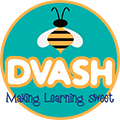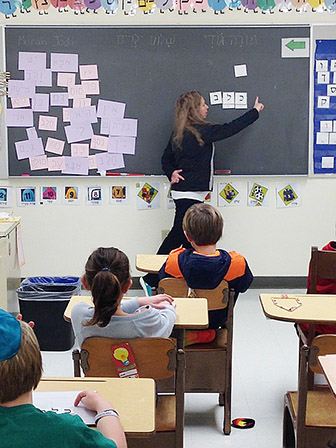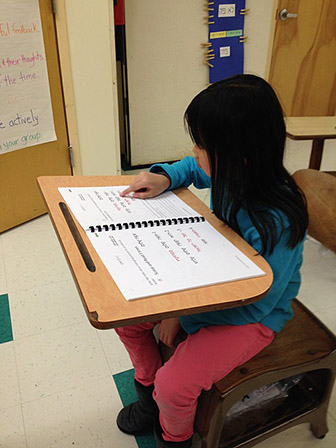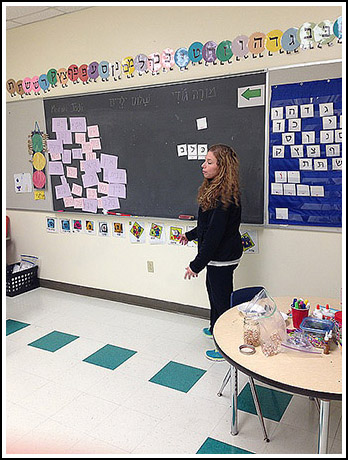DVASH Program
DVASH engages student’s visual, auditory, and kinesthetic senses to help them learn.
Using DVASH’s multisensory approach helps both typical learners and those with learning needs to study together in the classroom.
If a student can see, hear, and physically experience a subject they will want to learn more about it.
DVASH’s multisensory teaching approach uses multiple pathways to simultaneously enhance memory and facilitate learning.
Why Is Multisensory Learning So Important?
Not every student learns just from listening. Multisensory instruction helps visual and kinesthetic students learn the material as well.
It is estimated that 1 in 5 people have some form of learning disability. DVASH can be used to engage a variety of learners in an inclusive setting.
Even for students without learning needs, DVASH makes the school-based curriculum stronger and more effective, increasing student achievement.
DVASH can be used in both day school and after school settings to help students focus on reading accuracy, fluency, and comprehension when learning to read Hebrew.
Supporting Both Students and Teachers
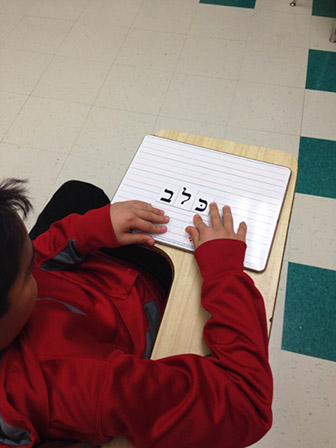
We seek to provide Jewish educators with training in the field of reading science.
We offer best practices for use in the classroom so that students with special needs are included in everyday instruction.
We work to develop a community of DVASH educators who can become leaders in their school in the field of Hebrew reading instruction.
DVASH provides teachers with professional development that is both meaningful and effective.
